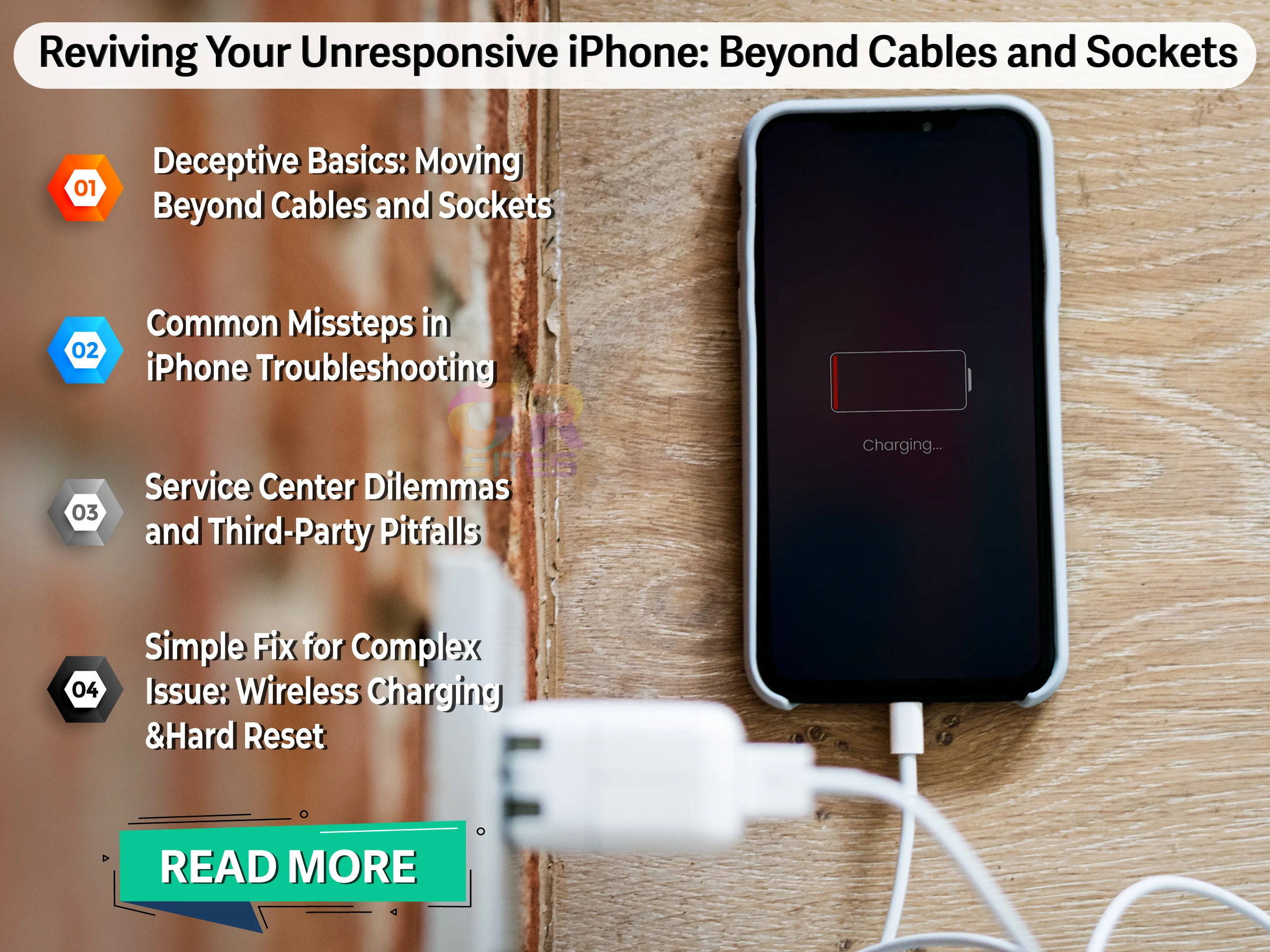In the era of rapid technological advancement, our trusty USB printers have faithfully served us for years, churning out documents with unwavering reliability. Yet, as the world moves towards wireless connectivity, one major constraint becomes glaringly apparent: the absence of Wi-Fi options. But fear not! In this article, we delve into the need for solution to this dilemma, exploring alternative ways to transform our traditional USB printers into Wi-Fi-enabled printers.
The Reliability of Traditional USB Printers
USB printers have been a staple in offices and homes for decades, offering reliable printing solutions without the fuss. Here's why they've remained a favorite:
- Dependable Performance: Traditional USB printers have proven their reliability time and again, churning out pages of documents with precision and consistency.
- Cost-Effectiveness: These printers often come at a lower price point compared to their wireless counterparts, making them an attractive option for budget-conscious consumers.
- Wide Compatibility: With a USB connection, these printers can be easily integrated into various devices, including computers, laptops, and even older operating systems.
- Minimal Setup: Plug-and-play functionality means users can start printing almost immediately, without the need for complex installation processes.
The Limitation of Traditional Printers in the Age of Wi-Fi
While traditional USB printers boast several advantages, they face a significant limitation in today's tech-savvy world:
- Lack of Mobility: With USB connectivity, printers are tethered to a single device, limiting flexibility and hindering collaborative work environments.
- Inconvenience: Sharing a printer among multiple users becomes cumbersome when physical connections are involved, leading to productivity bottlenecks.
- Compatibility Issues: As more devices phase out USB ports in favor of wireless connectivity, traditional printers risk becoming obsolete in modern setups.
- Missed Opportunities: Wi-Fi printing offers a plethora of benefits, including remote printing capabilities, cloud integration, and seamless connectivity across devices.
Need for Innovation: Converting Traditional Printers to Wi-Fi
To bridge the gap between tradition and innovation, printer manufacturers must rise to the occasion:
- External Dongle Solutions: Manufacturer should thing of selling external dongles that can be plugged into existing USB printers to enable Wi-Fi connectivity would provide a cost-effective upgrade path for users.
- Remote Drivers Update: Implementing remote driver updates to the routers or wi-fi dongles that add Wi-Fi printing functionality to compatible printers ensures that users can leverage the latest advancements without the need for additional hardware.
- User-Friendly Interfaces: Simplifying the process of converting traditional printers to Wi-Fi enabled devices through intuitive software interfaces would encourage widespread adoption.
Conclusion
As technology continues to evolve, the need for adaptability becomes increasingly evident. Traditional USB printers, while reliable, must undergo a transformation to remain relevant in today's wireless world. By enabling Wi-Fi connectivity through external dongles or remote driver updates, printer manufacturers can unlock a new realm of possibilities for users, ensuring seamless integration with modern workflows and devices. It's time to embrace the future of printing – one wireless connection at a time.



